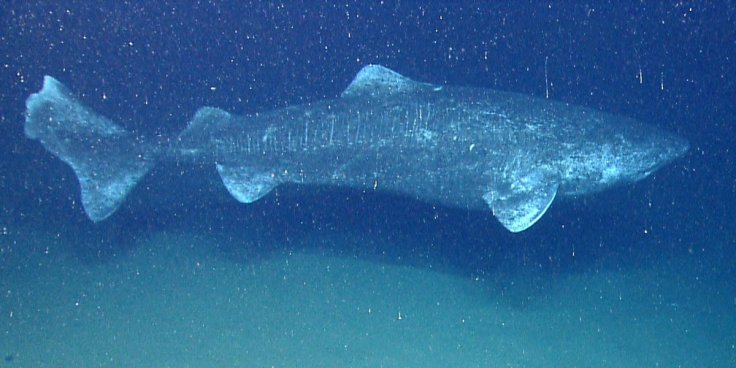
An ancient shark fossil has given rise to the possibility that human beings and sharks might have descended from a common ancestor. The new study explores the possibility of there being a species 440-million-years ago which split into two: sharks and humans.
An ancient species of shark, Gladbachus adentatus, had aroused the curiosity of scientists, who have been studying it since 2001. So far, only one fossil of the species has been discovered. Researchers used advanced technology to study the specimen in minute details.
The study, published in the Proceedings of the Royal Society B, has been led by Michael Coates, a professor at University of Chicago's organismal biology and anatomy department.
According to Coates, the creature whose fossil they were studying is not the ancestor that links humans and sharks. However, it gives a basic idea about the existence and anatomy of the alleged ancestor. This is because the Gladbachus has features resembling more ancient creatures, although it itself is relatively young.
The scales of the observed species are very small in size, resembling tiny teeth, Coates told Newsweek. This points to the fact that sharks, as a species, might be older than we assume. Even if they do not resemble the sharks we see today, there must have been some sort of similarity in the ancient creatures.
This leads the scientists to assume that the possibility of sharks having existed 440-million-years ago must mean that humans existed during that ancient time too. Currently, the science community shares the belief that all species are somewhat connected and are a part of a massive family tree.
If that is the case, there is a high chance of human beings and sharks having a common ancestor which is perhaps the last link between those species before they started developing differently.

The remains of the Gladbachus reveal that it has a wide mouth, flattened and extended gills and a variety of tooth shapes. The fossil discovered is 2.6-foot-long and one of its kind. It contains body parts as well, apart from skeletal evidence.
Researchers are hopeful of finding further evidence which would divulge more information about the possibility that human beings and sharks are part of the same extended family.









